Why Your Lawn is a Mossy Mess (And How to Actually Fix It for Good)
After years of working on every kind of lawn imaginable, from perfect suburban plots to sprawling commercial grounds, I’ve learned one thing for sure: moss tells a story. When I see it creeping into a lawn, I don’t just see a weed. I see a symptom. Moss is basically nature’s little warning light, signaling that the conditions just aren’t right for healthy grass anymore. So many people want a quick fix, a magic spray to make it all disappear. But honestly, you can’t solve a moss problem until you understand why you have it in the first place.
In this article
Killing the moss is the easy part. Seriously. Keeping it away for good? That’s the real work. It means changing the very environment of your lawn to favor strong, thick grass. The only way to get lasting results is with a three-step game plan: First, figure out why the moss is so happy in your yard. Second, get rid of the moss you have now. And third—the most important step—fix the root causes so it never comes back.
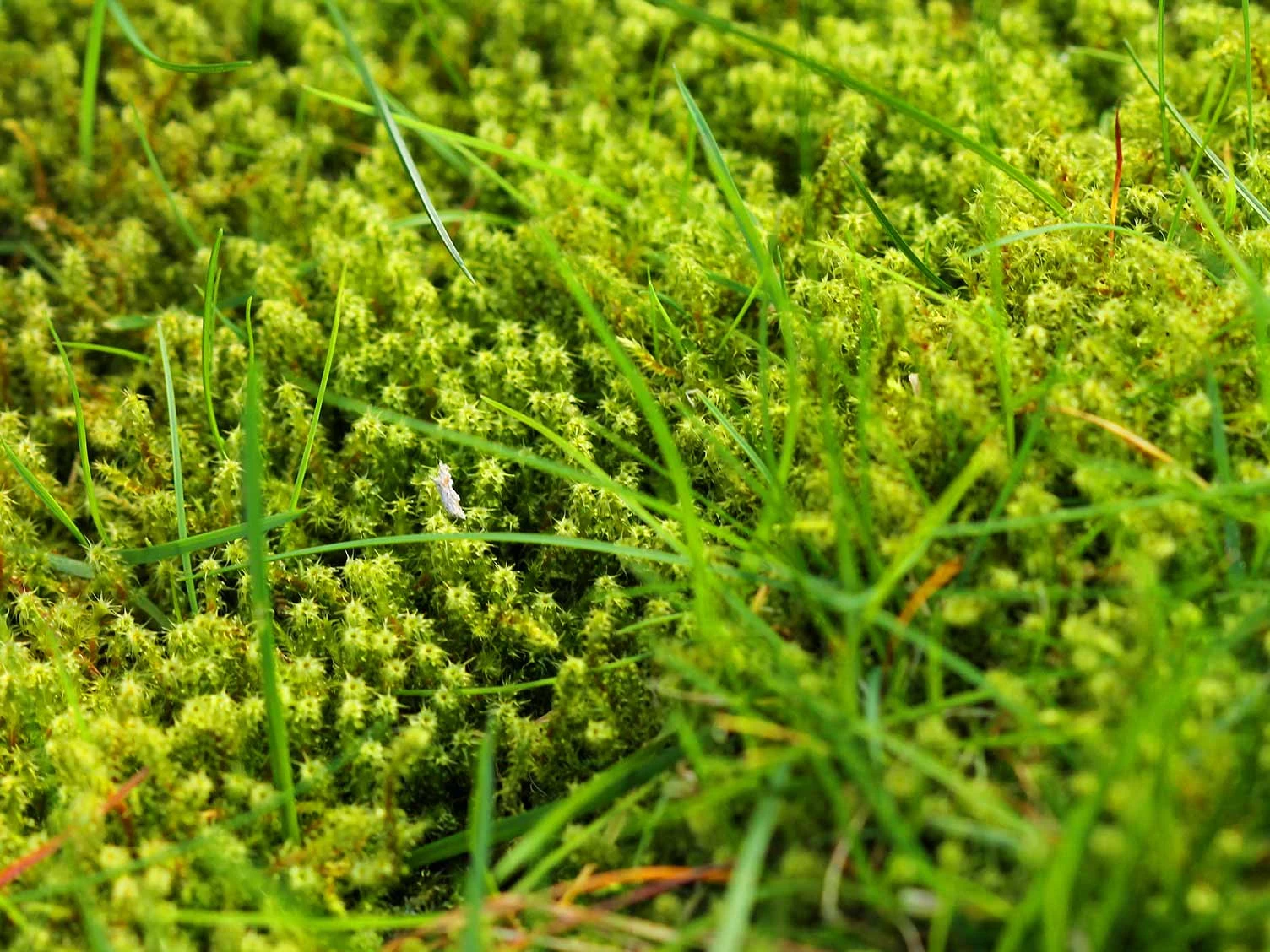
The Real Reasons Moss is Taking Over Your Lawn
Moss is a super simple, ancient plant. It doesn’t have deep roots like grass; it just has these little thread-like things called rhizoids that anchor it to the surface. It spreads by spores that are literally always floating in the air, just waiting for their perfect moment. When your lawn starts to struggle, moss moves right in. It doesn’t actively kill your grass, it just takes over the empty real estate.
Whenever I see a moss problem, I immediately look for one of these five culprits.
1. Soggy Soil and Bad Drainage
This is the number one cause, without a doubt. Moss absolutely thrives on consistent surface moisture. If your lawn is always damp, you’re basically rolling out the welcome mat. This usually comes down to a couple of things:
- Compacted Soil: Heavy clay soil or areas with tons of foot traffic (like the path to the shed or where the kids play) get squeezed tight over time. Water can’t drain through, so it just sits on top, suffocating your grass roots.
- Low Spots: Little dips and valleys in your lawn will collect water every time it rains, creating perfect little moss bogs.
- Watering a Little Bit Every Day: This is one of the worst habits for a healthy lawn. It keeps the soil surface constantly damp—which moss loves—and encourages grass to grow wimpy, shallow roots.

2. Seriously Compacted Soil
I know I just mentioned this, but it’s so important it deserves its own point. When soil is packed down, grass roots can’t push deep to find water and nutrients. A healthy lawn has roots that dive down 4 to 6 inches, but in compacted soil, they might only go down an inch. This weak grass thins out, leaving bare, moist ground that is a perfect landing pad for moss spores.
Quick Tip: Not sure if your soil is compacted? Try the screwdriver test. The day after a good rain, take a long screwdriver and try to push it into your lawn. If you can’t easily sink it 4 to 6 inches deep with moderate effort, you’ve got compaction.
3. Too Much Shade
Every type of grass needs some sunlight to make food and grow strong. Most of the popular grasses need at least 4-6 hours of direct sun. Without it, the grass gets thin and weak. Moss, on the other hand, thinks shade is fantastic. The area under a big tree or on the north side of your house is a five-star resort for moss: it’s cool, it stays damp longer, and the grass is too weak to fight back.
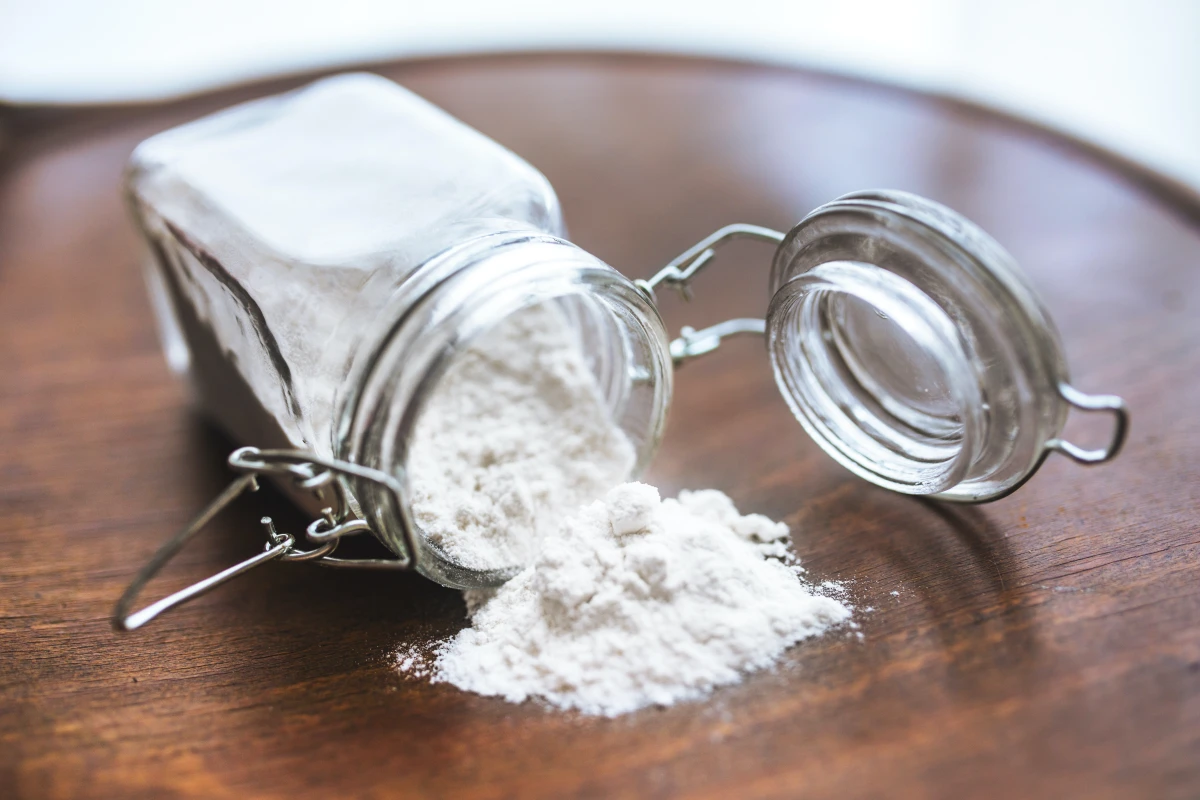
4. Acidic Soil (Low pH)
This is a huge one, especially in areas with a lot of rainfall that leaches nutrients out of the soil. Soil pH is a scale of acidity, and most grasses like it right around neutral (a pH of 6.0 to 7.0). When the soil gets too acidic (below 6.0), essential nutrients get chemically locked up. You can fertilize all you want, but the grass roots simply can’t absorb the food. The grass starves, thins out, and guess what moves in? Yep, moss, which doesn’t mind acidic soil at all.
Don’t guess, test! Without a soil test, you’re just flying blind.
5. Mowing Way Too Short
Ah, the classic golf green obsession. Cutting your lawn super short is a critical mistake. Taller grass blades have more surface area to soak up sunlight, creating more energy for deep, healthy roots. Mowing high—around 3 to 4 inches—also shades the soil, keeping it cooler and preventing moss spores from getting the light they need to sprout.
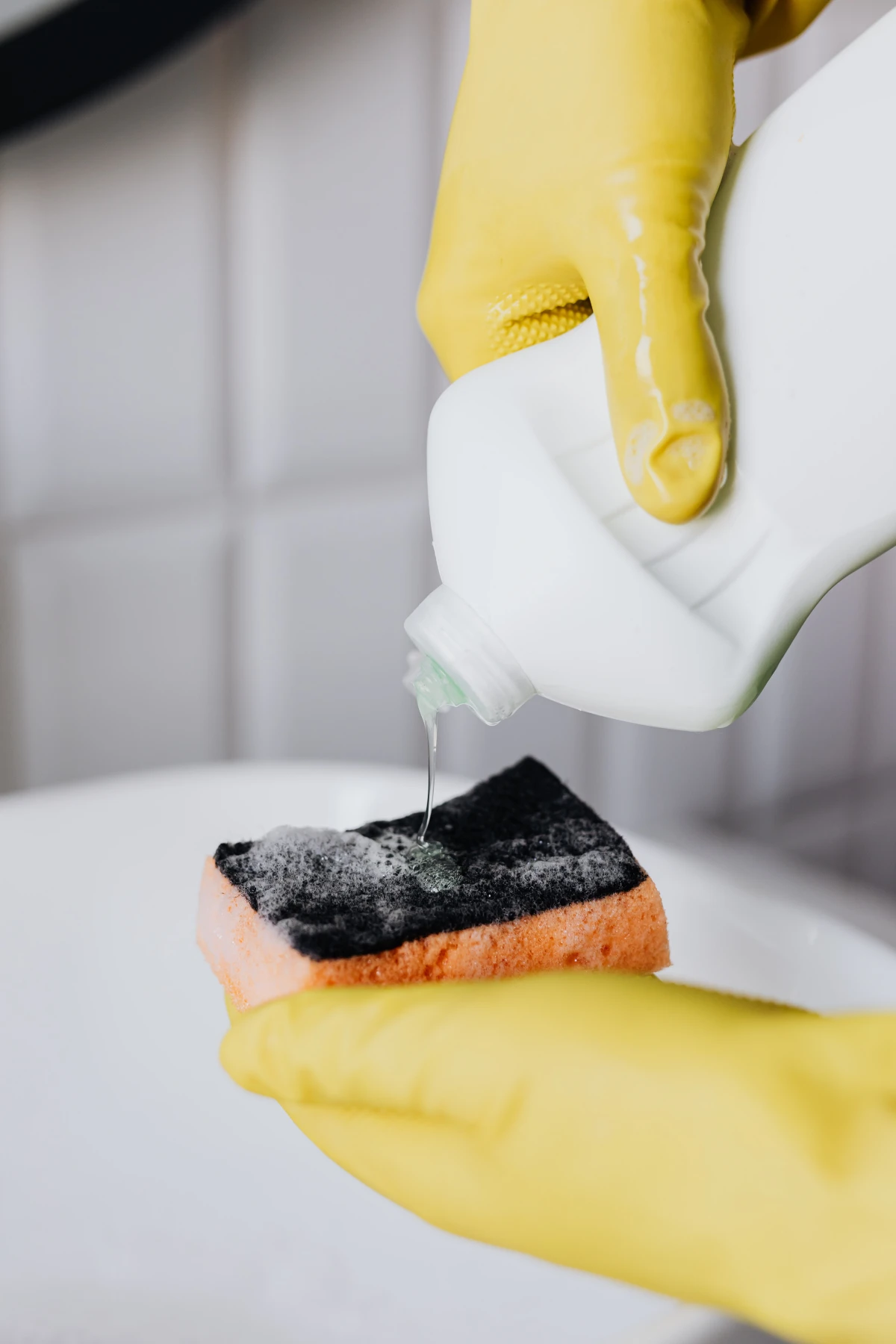
Want the single fastest, freest thing you can do TODAY to fight moss? Go raise your mower deck to its highest setting. Do it right now. Taller grass is stronger grass, plain and simple.
Your Step-by-Step Plan to Get Rid of Moss
Step 1: Get the Existing Moss Out (The Short-Term Fix)
Before you fix the big problems, you have to clear out the current infestation. Think of it as demolition before the renovation. But a heads-up: if you only do this step, the moss will be back. I guarantee it.
Okay, so rake or spray? Let’s break down your options.
- Good Ol’ Raking: For small to medium patches, a sturdy bow rake or a special dethatching rake is your best friend. This isn’t gentle leaf raking; you need to be aggressive and really work to rip the moss mats out of the lawn. The best time to do this is when the lawn is fairly dry, otherwise you’ll just make a muddy mess. Once you’ve raked it all up, be sure to bag it and get rid of it—don’t throw it in the compost, where the spores can spread. Raking is cheap (just your time), but it takes a lot of elbow grease.
- Iron-Based Sprays or Granules: This is the industry-standard approach for a reason. Products that have iron sulfate (sometimes called ferrous sulfate) as the main ingredient are incredibly effective. You can find them at any big box store or garden center; look for names like Scotts MossEx or Bonide MossMax. The iron essentially dries the moss out, turning it black or dark brown within a few hours. The best part? It won’t harm your grass—in fact, the iron often gives the lawn a nice, deep green color. You can get it as a liquid concentrate to mix in a sprayer or as easy-to-use granules for a spreader. Just follow the directions on the bag.
CRITICAL WARNING: I’m not kidding about this. Iron sulfate will leave permanent, ugly rust stains on ANYTHING it touches—concrete, pavers, siding, fences, you name it. I once saw a client completely ruin a brand new, expensive stone patio with a careless application. It’s forever. When you’re applying it near any hard surfaces, use a big piece of cardboard as a shield. Wear old shoes and clothes. And if you spill any granules, sweep them up immediately before they get wet. Don’t be that person.
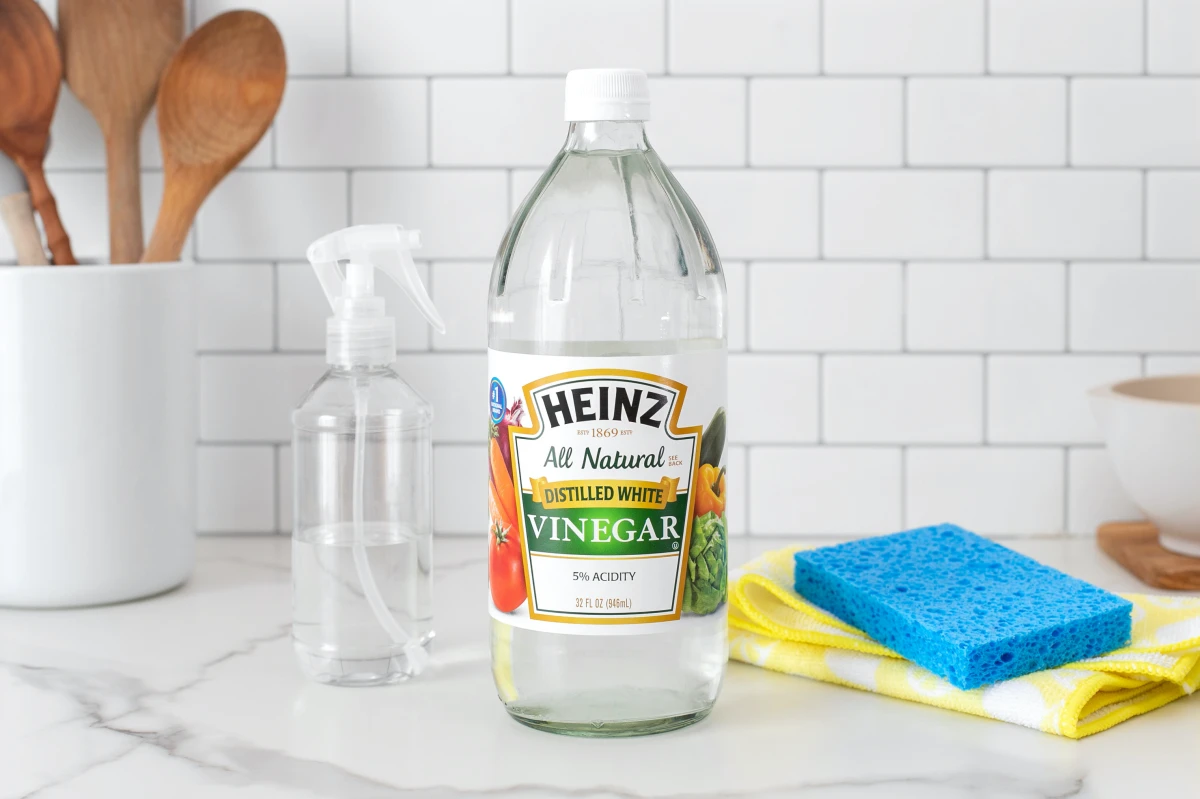
- What About Home Remedies?: People always ask about dish soap or vinegar. To be frank, I’d skip them. Some soaps can harm the good microbes in your soil, and vinegar is a non-selective killer, meaning it will burn your grass just as easily as the moss. Stick with what’s proven to work without causing unintended damage.
By the way, after you aggressively rake out the moss, your lawn is going to look AWFUL. It’ll be torn up, brown, and patchy. This is normal! Don’t panic. It’s the necessary rough step before the beautiful regrowth.
Step 2: Fix the Problem for Good (The Long-Term Solution)
Once the moss is gone, the real work begins. This is how you change the story your lawn is telling you.
- Get a Soil Test and Fix the pH: This is my non-negotiable first move. Send a soil sample to your local university cooperative extension. It costs about $15-$30 and they’ll give you a detailed report on your pH and nutrient levels, plus specific advice for your lawn. If your soil is acidic, they’ll tell you exactly how much lime to apply to fix it.
- Aerate to Relieve Compaction: If your screwdriver test failed, you need to aerate. Renting a core aerator from a place like Home Depot will run you about $70-$100 for the day. This machine pulls out small plugs of soil, opening up channels for air, water, and nutrients. Just let the plugs break down on the lawn—they’ll feed it as they decompose.
- Improve Light and Airflow: If trees are the problem, consider having a certified arborist thin the canopy or remove some lower limbs. It makes a huge difference. If an area is just hopelessly shady, stop fighting it. Switch to a dedicated shade-tolerant grass seed mix.
- Overseed in the Fall: Nature hates a vacuum. After you’ve raked out moss, you’re left with bare spots. Every fall, after aerating, spread a high-quality grass seed over your entire lawn. This practice, called overseeding, is the secret to building a thick, dense turf that leaves no room for moss or weeds.
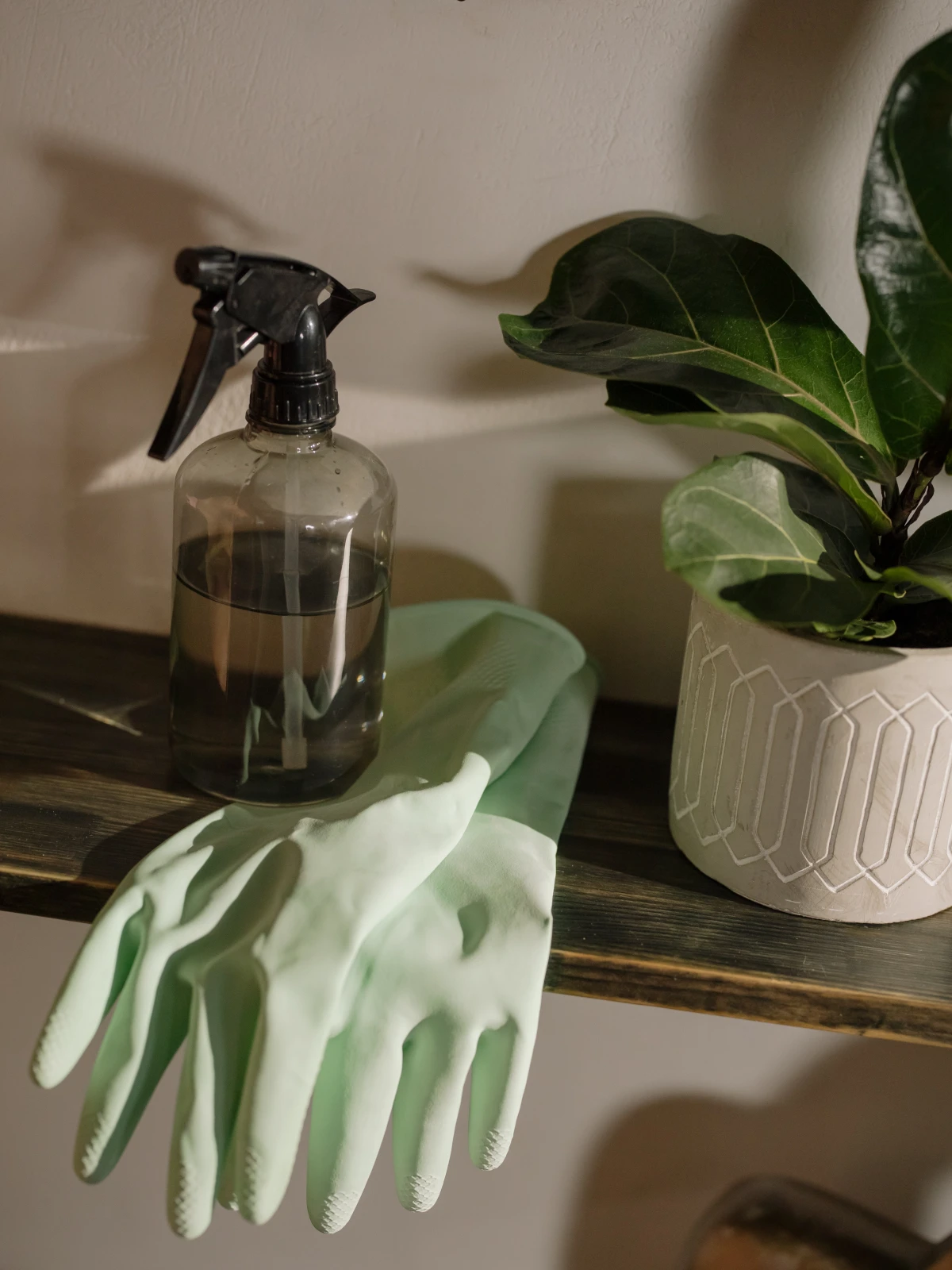
Your Moss Battle: A Seasonal Game Plan
Timing is everything. Here’s a simple calendar to follow:
- Early Spring (March-April): This is your search-and-destroy mission. Identify the mossy areas. Use an iron-based product to kill the moss, then rake out the dead stuff a week or two later. Send in your soil sample now so you have a plan.
- Late Spring (May): For any glaring bare patches you created, you can do some minor repairs. Use a lawn patch mix that contains seed, fertilizer, and mulch. Keep it watered until the new grass is established.
- Summer (June-August): Focus on maintenance. Mow high (3-4 inches) and water deeply but infrequently (about 1 inch per week, all at once).
- Early Fall (September): This is prime time for lawn renovation. This is when you should core aerate, apply lime (if your soil test called for it), and overseed your entire lawn. The warm soil and cool air are perfect for growing new grass.
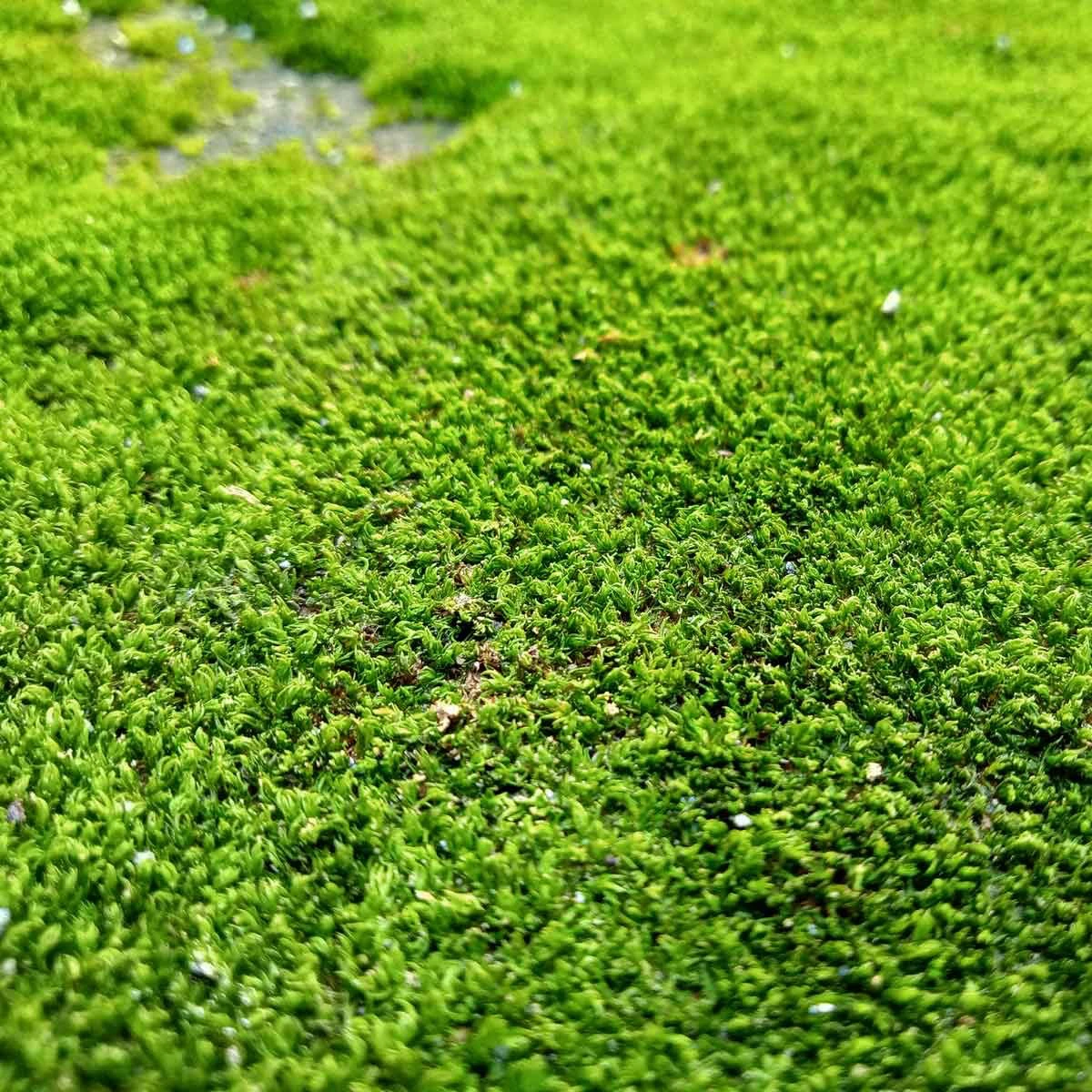
Your Moss-Busting Shopping List
Ready to get to work? Here’s what you’ll likely need and a rough idea of the cost:
- Sturdy Bow Rake or Dethatching Rake: $25 – $50
- Pump Sprayer (for liquid iron): $20 – $40
- Iron-Based Moss Killer (e.g., MossEx): $20 – $30 per bag/bottle
- University Soil Test: $15 – $30
- Pelletized Lime (if needed): $5 – $10 per bag
- Core Aerator Rental: $70 – $100 for a half-day or full day
- Quality Grass Seed (for overseeding): $20 – $60, depending on type and quantity
It might seem like a lot, but tackling the root cause is an investment that pays off with a beautiful, healthy lawn for years to come—no moss included.
Inspiration:
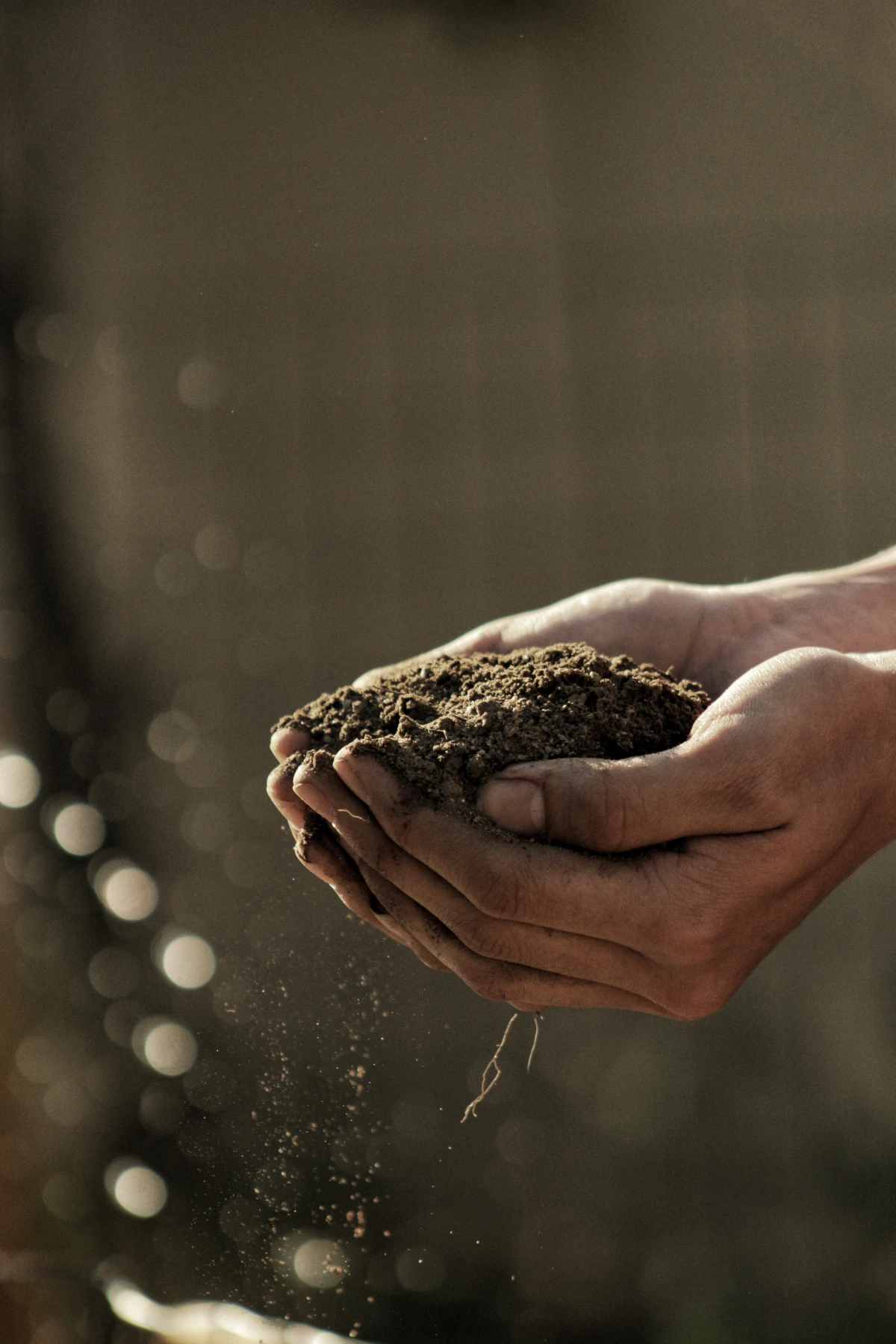
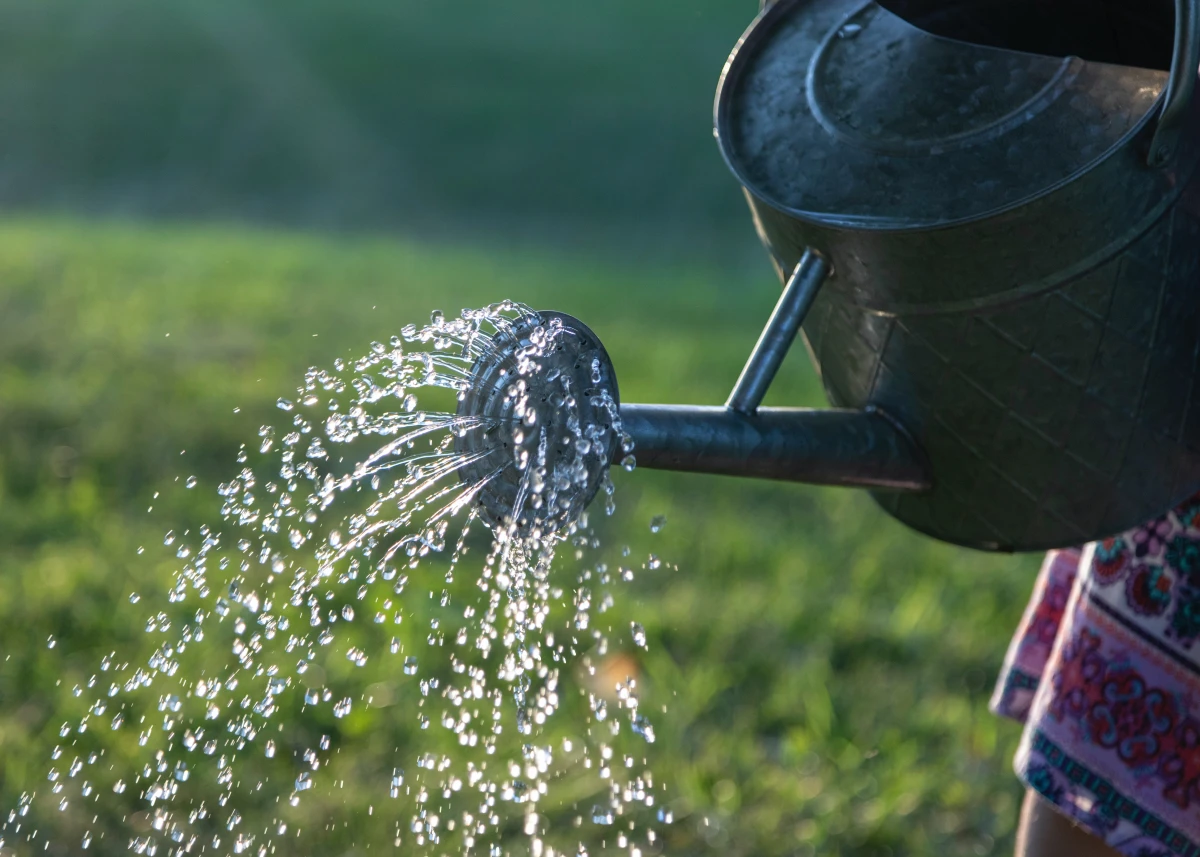
Wondering if your soil is as waterlogged as it feels?
There’s a simple test for that. Dig a hole about 12 inches deep and 12 inches wide. Fill it with water and let it drain completely. Then, fill it again and time how long it takes for the water to disappear. If the water is gone in under 3 hours, your drainage is excellent. If it takes between 3 and 12 hours, it’s adequate for most grasses. If there’s still standing water after 12 hours, you’ve confirmed a serious drainage problem that aeration and adding organic matter can help solve.
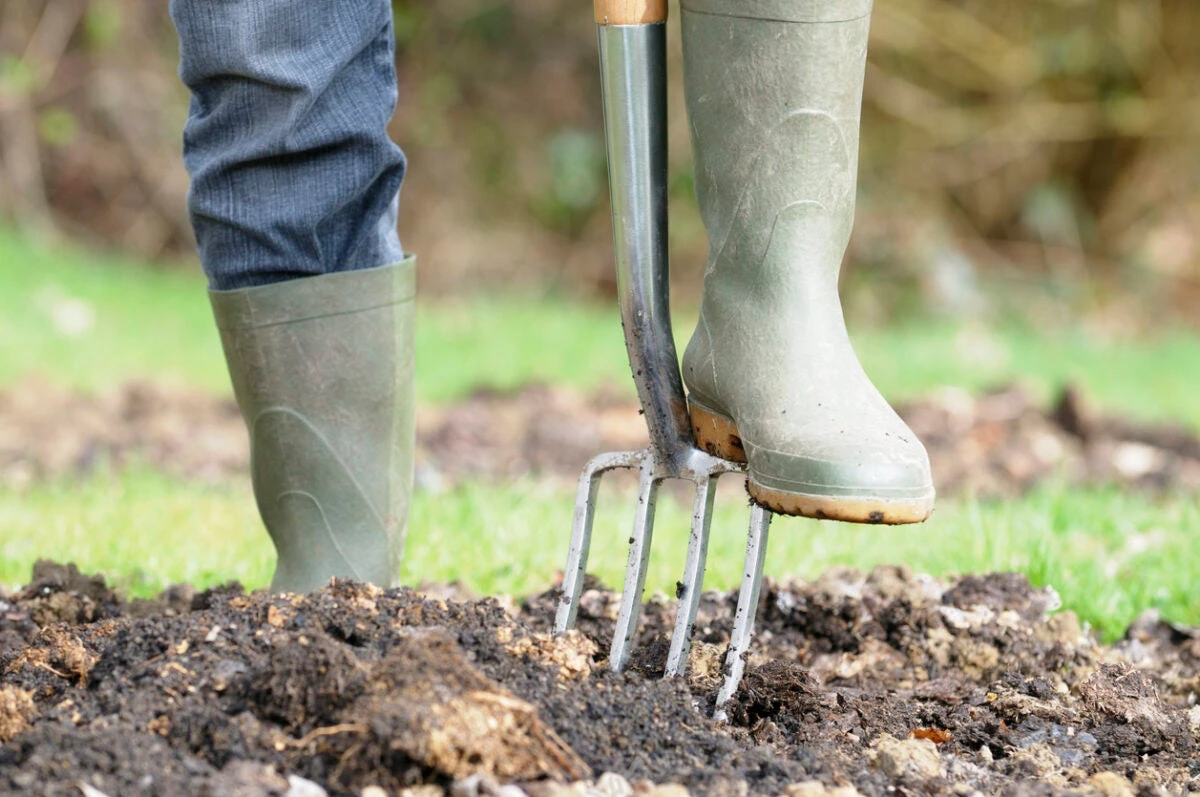
Did you know that after treatment with an iron-based moss killer, the moss can turn into a thick, black mat?
Many homeowners make the mistake of leaving this layer in place, thinking the job is done. However, this dead moss creates a suffocating barrier that prevents new grass seed from reaching the soil. For the best results, wait about two weeks after applying a product like Scotts MossEx or another ferrous sulfate formula, then vigorously rake or scarify the lawn to remove all the dead material before you even think about overseeding.
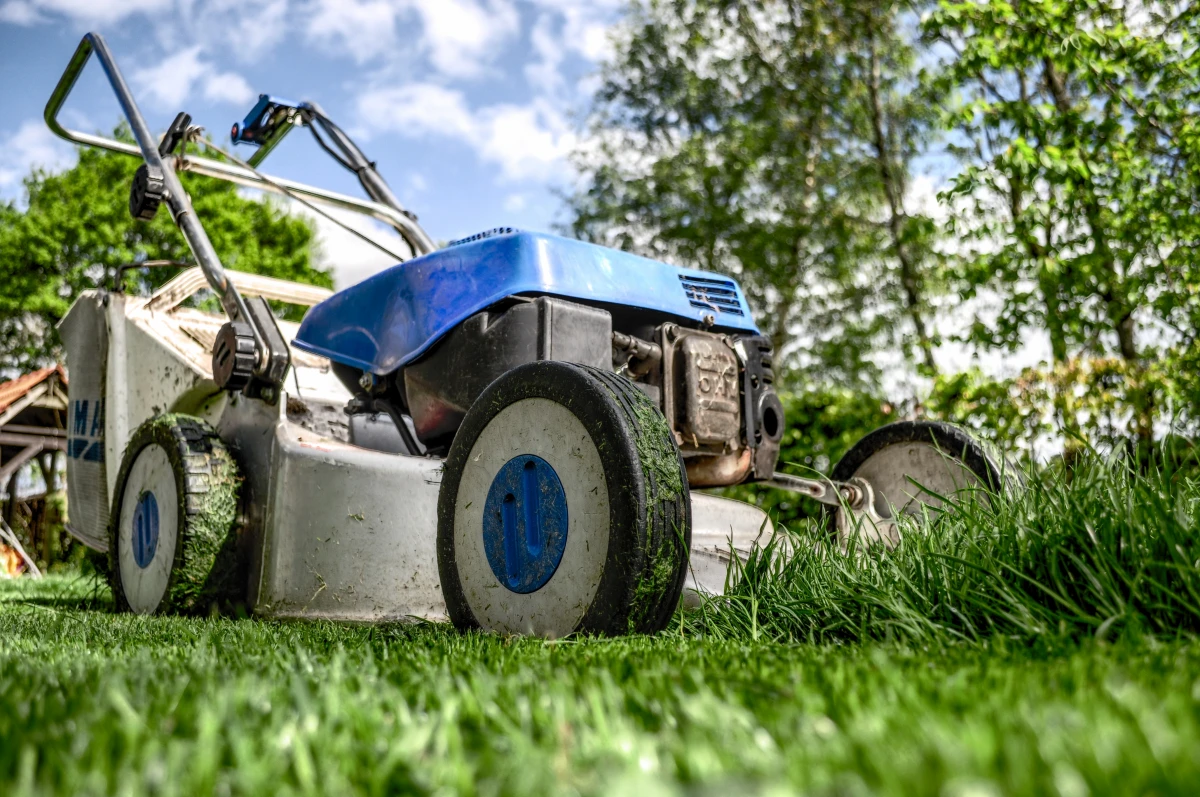
Core Aeration: This method uses a machine to pull out small plugs of soil, creating channels for air, water, and nutrients to penetrate deep into the ground. It’s highly effective for heavy clay or severely compacted soil.
Spike Aeration: This involves simply poking holes in the ground with solid tines, either with a tool resembling a pitchfork or spiked sandals. It’s less disruptive but also less effective, as it can actually increase compaction around the holes.
For a lawn with a serious moss problem stemming from compaction, renting a core aerator is almost always the better investment.
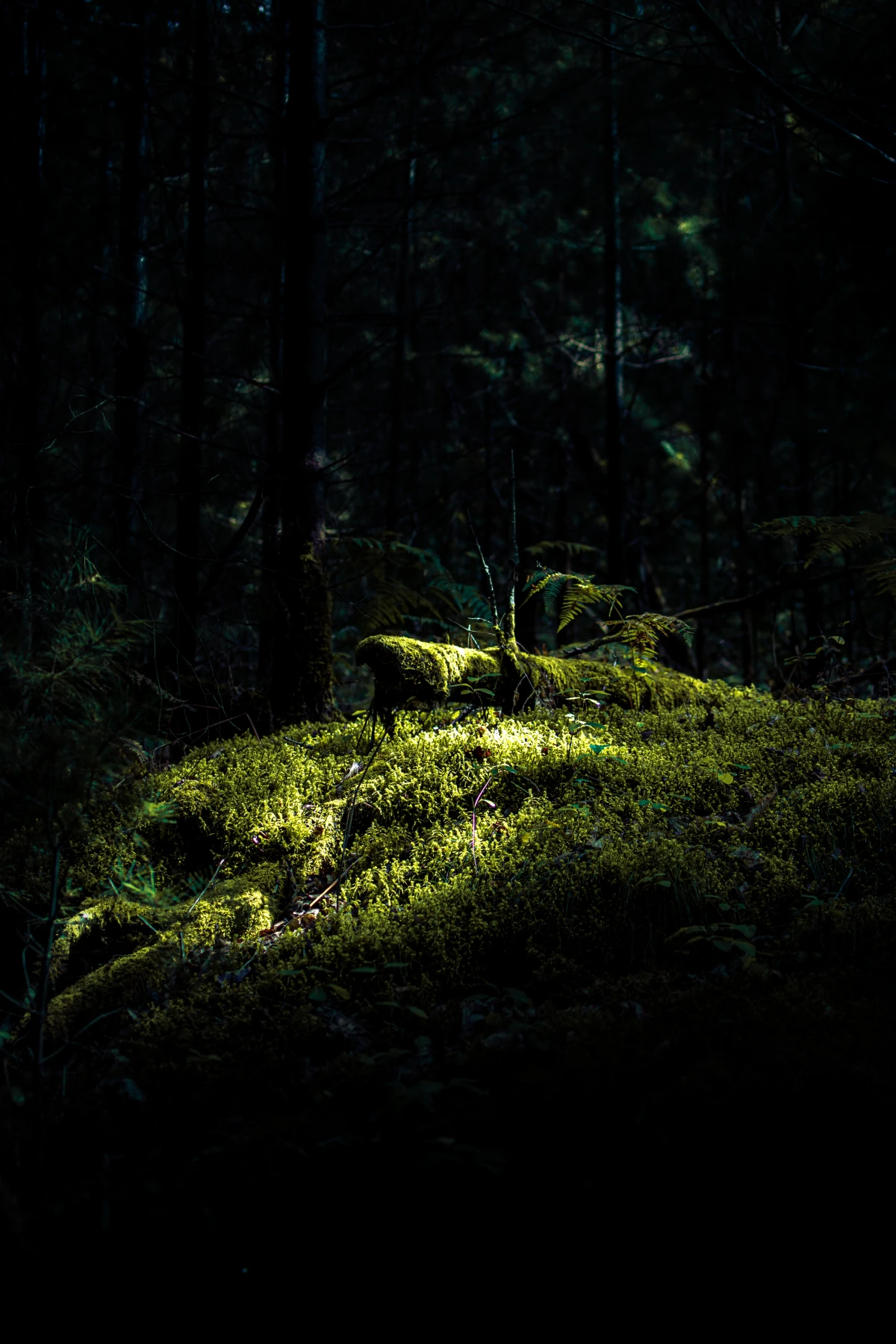
In some deeply shaded, perpetually damp corners of a yard, the battle against moss is a losing one. Instead of fighting it, consider embracing it. A dedicated moss garden, inspired by Japanese landscaping, can be a stunningly beautiful and serene alternative. The velvety texture of moss provides a perfect, low-maintenance ground cover beneath acid-loving plants like ferns, rhododendrons, and hostas, turning a problem area into an intentional, tranquil feature.
- Thicker, more resilient turf that chokes out weeds.
- Improved germination and a lush, dense appearance.
- Faster recovery of bare patches left by moss removal.
The secret? Generous overseeding. Don’t just sprinkle a few seeds. After clearing out the dead moss, apply a high-quality seed blend—like a Tall Fescue mix for its shade tolerance and deep roots—at the overseeding rate recommended on the bag, not the lower ‘new lawn’ rate. This ensures a strong start that gives grass the competitive edge.










